How to Choose Battery for Smart Glasses?
A wide range of enterprises are increasingly using augmented reality (AR) to improve the speed and quality of field services. This technology has seen exponential growth in 2020 due to increased travel restrictions and increased remote working. Further, market leaders have been increasingly investing in this technology such as Facebook, Apple, Microsoft, amongst others. The smart glass market is poised for substantial expansion as we look ahead. By 2032, the total market revenue is forecasted to reach an impressive $13.2 billion. Advancements across the spectrum of smart glass technologies fuel the growth.

What is a Smart Glass?
A smart glass is a type of wearable technology that integrates optical head-mounted displays, sensors, and connectivity features to provide augmented reality (AR) experiences, hands-free access to information, and various interactive applications. These glasses can overlay digital content onto the real world, offering users enhanced situational awareness and the ability to interact with digital information without needing to look at a separate screen.
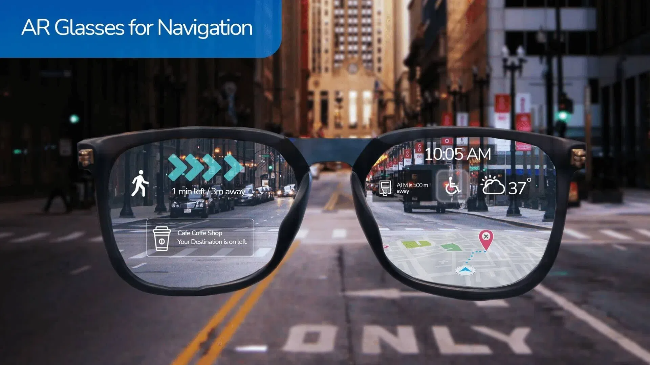
While Virtual Reality glasses are taking up the market for gaming, new applications are starting to become the next big thing in Industrial environment. The systems communicate unobtrusively with the user and allow new approaches for product design, repair and maintenance, entertainment and even medical while assisting chirurgical operation. AR need to support of a wide range of specialized low power sensors for audio and video, eye tracking and positioning sensors combined with low power camera and loudspeaker as actors.
Smart Glasses Battery Requirements
AR smart glasses must include a display, a processor, a battery, and connectivity, likely provided by a wireless chipset. Regarding functionality, the display must be clear and bright enough for use in daylight, and the overall form factor must remain light enough for regular use alongside a smartphone or smartwatch. According to related research, transforming a mobile device into eyewear is possible, but a device weighing 100g, 75g, or even 50g will not be light enough for all-day use. Devices that aim to offer more features and functions autonomously will incur a weight penalty, limiting them to occasional or intermittent use, which defeats the purpose of the design. Thus, the two most crucial attributes for the widespread acceptance and adoption of AR smart glasses are long battery life and lightweight design.
Smart Glasses Battery Structure Example
Creating a diagram for the battery structure inside smart glasses involves visualizing the placement of the battery, along with other key components such as the processor, sensors, and display elements. Here's a basic outline of how you might structure this:
●Battery Placement: Typically located in the arms (temples) of the glasses for balance and space efficiency.
●Processor and Sensors: These are often placed near the hinges or bridge of the glasses.
●Display: Integrated into the lenses or near the frame edges.
The diagram bleow provides a basic visualization of how the components are arranged within smart glasses.
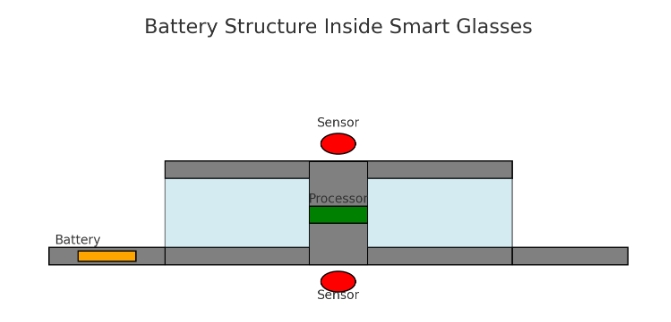
Here is a simplified diagram representing the battery structure inside smart glasses:
●Battery: Located in the left temple of the glasses, represented in orange.
●Processor: Placed near the bridge, represented in green.
●Sensors: Located near the bridge and lenses, represented in red.
●Frame: The overall structure of the glasses, including the top frame, bottom frame, bridge, and temples.
●Lenses: Represented in light blue, integrated within the frame.
Grepow Smart Glasses Battery Solutions
The battery technology for AR glasses is a crucial factor to consider. Rechargeable batteries are used in AR glasses and must frequently recharge them. The batteries for the AR glasses must have a long lifespan and fast charging to guarantee that they are always available for usage. Modern battery technologies, like lithium-ion batteries, renowned for their high energy density and long lifespan, are required. Lithium-ion batteries are perfect for AR glasses because they are also reasonably portable and light. Grepow offers a range of rechargeable lithium-ion batteries ideal for smart glasses, including rechargeable lithium-ion coin cells and pouch shaped cells. These batteries are designed to provide reliable and efficient power solutions tailored to the compact and unique form factors required by smart glasses. If you have any questions or needs, please feel free to contact us at info@grepow.com.
Rechargeable Lithium-Ion Coin Cell
The Grepow rechargeable lithium-ion coin cell series with cells from 6.5 to 210 mAh offer the highest energy density with an outstanding cycle life performance for wearable digital, medical and healthcare solutions. Outstanding safety features will make this battery the perfect rechargeable battery solution. The CoinPower is exclusively produced on fully automated production lines to ensure a maximum production accuracy on every single cell.
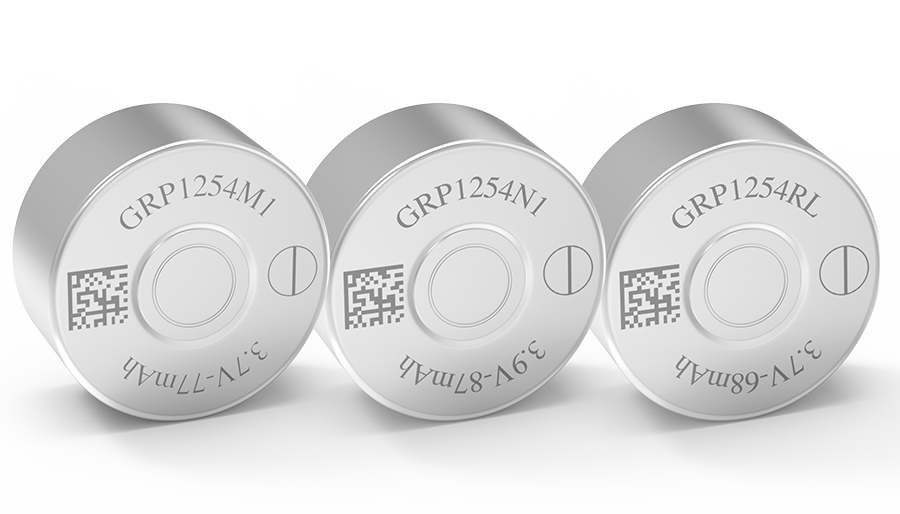
Rechargeable Lithium-Ion Shaped Cell
Grepow offers a range of shaped pouch batteries that are perfectly suited to various terminal device shapes. We provide custom shaped Lithium-Ion pouch batteries as thin as 0.5mm and as narrow as 4.1mm. Available shapes include cruved, round, L-shaped, D-shaped, and C-shaped, ect. Grepow's shaped pouch batteries boast excellent performance and a cycle life of over 1000 cycles, operating within a temperature range of -50°C to 50°C / -40°C to 60°C, and can achieve fast charging at up to 5C.
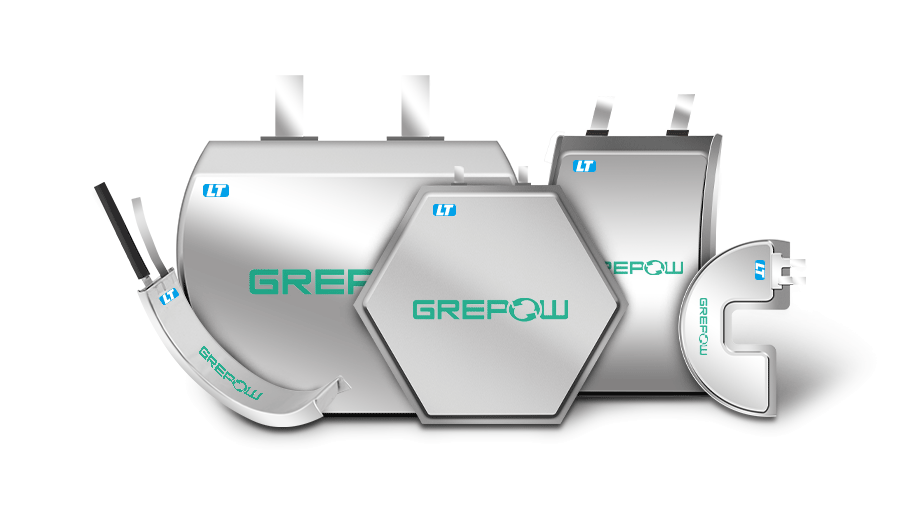
Related Articles
-

What Is a 7 Inch FPV Drone?
2025-04-15 -

Empowering Drone Training with Grepow’s Tailored Battery Solutions
2025-04-15 -

FPV Drone Types: All You Need to Know
2025-03-06
Related products
-
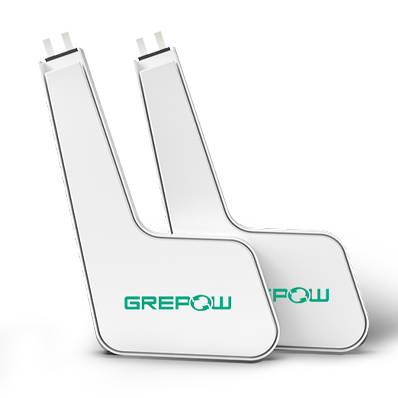
Pouch L Shaped Lipo Battery
-

Pouch Ultra Narrow Lipo Battery
-
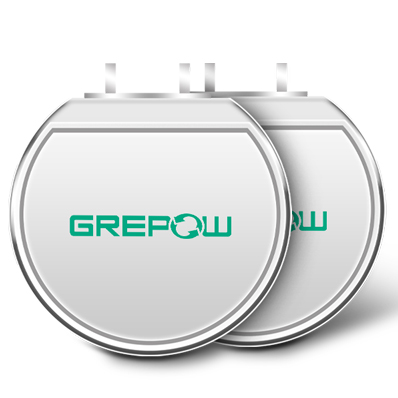
Pouch Round Lipo Battery
-
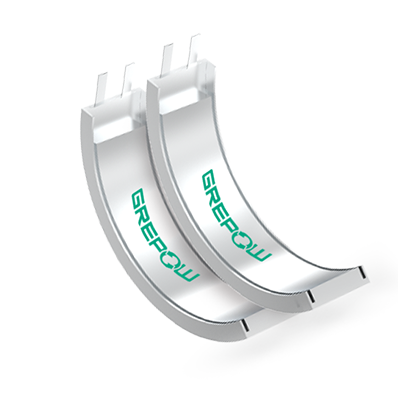
Pouch Curved Lipo Battery
-

Pouch Ultra Thin Lipo Battery

















































